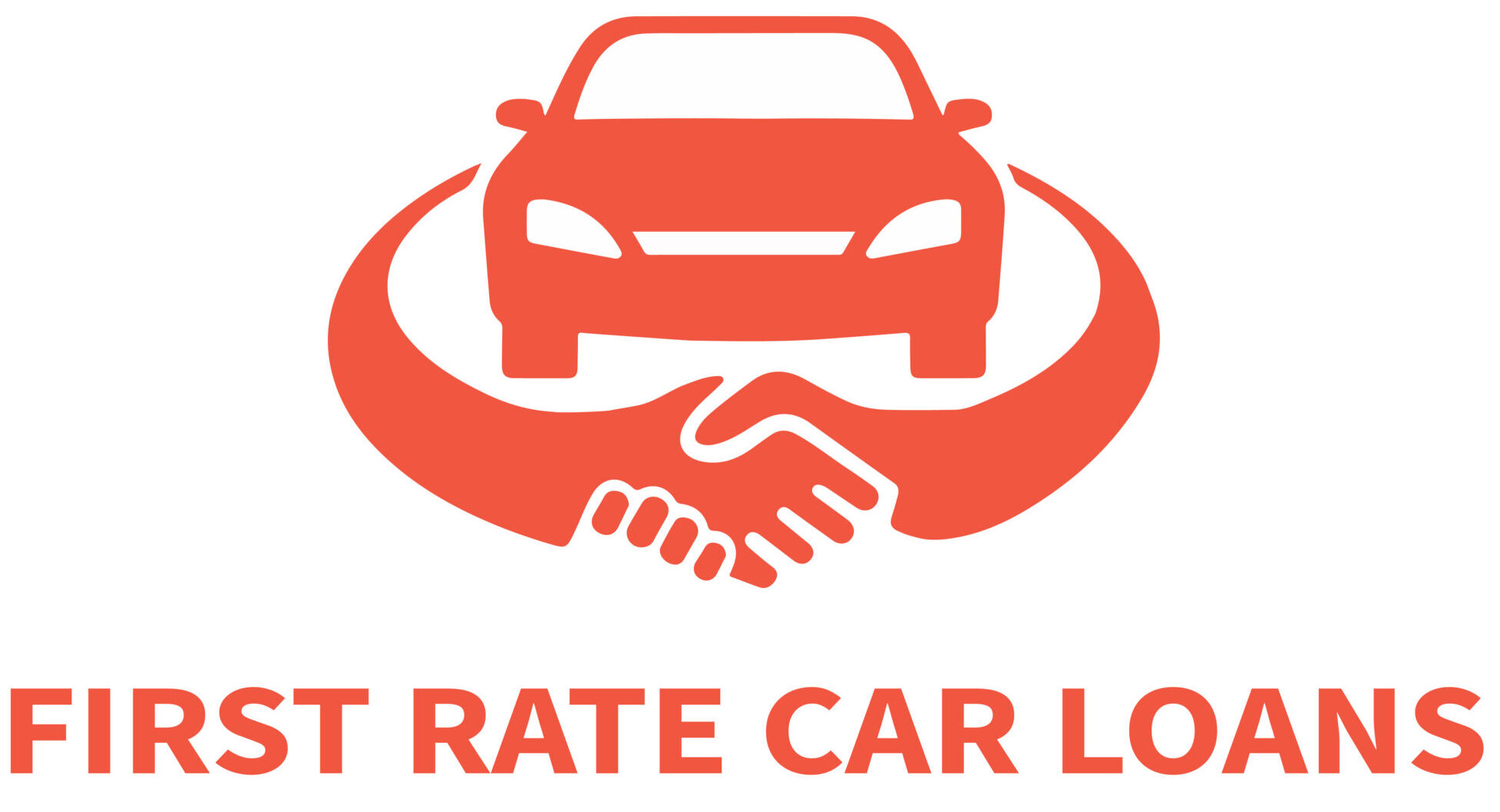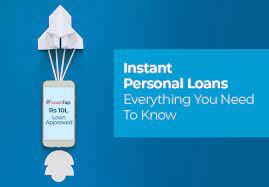Federal student loan borrowers are eligible for payments that have been suspended without interest until May 1, 2022. This policy does NOT apply to private loans.
During this suspension period, called a “forbearance”, borrowers can still make payments to reduce their debt. The latest federal data shows that 500,000 borrowers, or 1.16% of the 42.9 million federal loan borrowers, continued to make payments during the pause. If you have any questions, please get in touch with your servicer.
It is not forgiveness but a pause in payments. If the policy is changed again, your debt will still be there when you start repaying. Although the Biden administration stated it would push for an expedited $10,000 forgiveness for federal borrowers, few observers believe that such a bill can be passed quickly through Congress.
You can pause payments.
To get forbearance, you don’t need to do anything. As it would normally, interest will not continue to accrue.
A forbearance could be a good option if you are unemployed or work fewer hours. This will allow you to save money on rent, utilities and grocery bills. Even if you are not earning any income, a forbearance can help you build an emergency fund or pay off another more urgent debt.
Forbearance is usually granted at the discretion of the servicer. Interest will continue to build. The Education Department directed all servicers to place all loans in a tolerance, which is free of interest.
You can get behind on student loan payments if you are back.
All borrowers are automatically subject to a suspension of payments, even if they were 31 days or more late before March 13, 2020. This means that the loans are in forbearance and will not default.
Borrowers in loan rehabilitation would count each month of the original forbearance and the extension up to January 2022 towards the nine months required for repair.
If your loans are already in forbearance, the interest accrued will still be added as a loan principal when you start repaying. Still, no new interest will ever be calculated during the current waiver.
You are eligible for Public Service Loan Forgiveness.
Your progress towards Public Service Loan Forgiveness (or PSLF) will not be affected by the automatic forbearance. Forbearance can be used to count towards PSLF as long as a qualified employer still employs you.
You won’t be able to make payments during automatic forbearance. You are in the same boat regardless of whether you pay.
Normal circumstances will only allow full payments to be counted. Credit for payments already made will not be lost.
You can continue to make payments.
If borrowers want to reduce their debt quicker, they might continue to make payments on federal loans.
You won’t have to pay any interest on the loans if you continue to make payments. Even though your monthly price will not be lower, this 0% interest rate will help you save money overall.
Once all interest has been paid, the full amount of your payment will go towards the principal balance.
Your original repayment strategy will determine whether you should make a payment at this time.
- If you are sticking to a regular repayment schedule (typically 10 years), you might consider making payments. You won’t likely have any special interest, so additional charges could help you reduce your principal. We recommend opening a savings account, banking the monthly payments and then making a lump sum payment to your highest-interest loan once repayment starts.
- If borrowers are enrolled in income-driven repay or plan to do so, they shouldn’t make payments now if their ultimate goal is to pay the loan off completely. This usually takes 20 to 25 years. Paying now can help lower your total interest and allow you to pay your loans off sooner.
- Public Service Loan Forgiveness borrowers do not have to pay until May 2, 2022. Forgiveness will be granted if 120 payments have been made during the period of automatic forbearance.
If your income has changed
You can apply for income-driven repayment if you have an income change but still wish to continue your payments. A new price will be made based on your family size, income and percentage. It will continue to be in effect after relief ends. Apply online at studentaid.gov
If you are eligible for FFEL Loans
Federal Family Education Loans (FFEL) are eligible for no-interest forgiveness if the government holds the loans. However, the majority of loans from the now-defunct program are commercially owned.
Consolidating your debt into a direct loan is the only way to obtain forbearance on commercially held FFEL loans. Consolidation has its downsides.
- The repayment term will be extended.
- The interest rate will slightly increase.
- Unpaid interest will be capitalized and added to your total amount owing.




